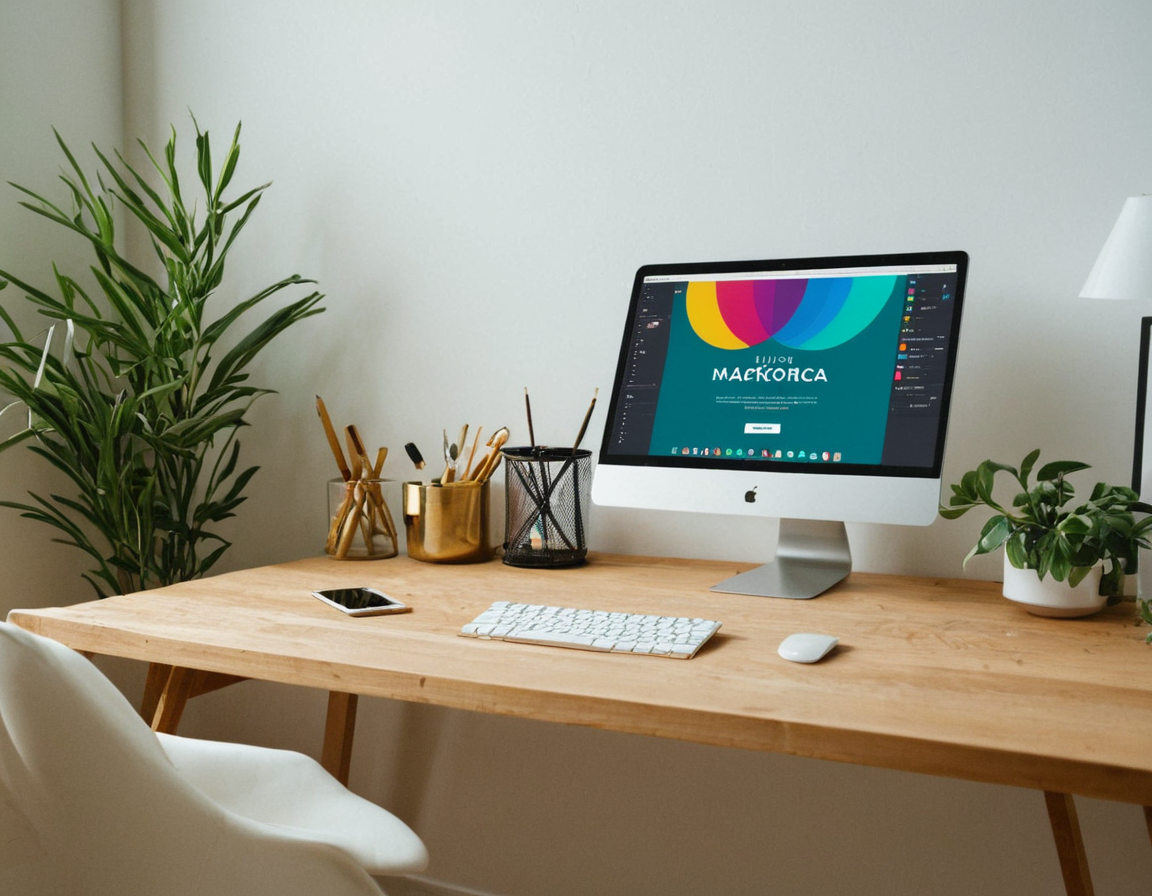Maximize Canva AI for Realistic Images - Step by Step Guide

Unlocking the Power of AI-Powered Canva: A Step-by-Step Guide to Creating Realistic Images
As design professionals, we’re constantly on the lookout for innovative tools that can help us streamline our workflow and push the boundaries of creativity. Canva, a platform once known for its drag-and-drop interface, has recently taken a significant leap forward with the integration of AI-powered features. In this comprehensive guide, we’ll delve into the world of AI-generated images using Canva, exploring the benefits, limitations, and most importantly, how to harness these capabilities to take your designs to the next level.
Introduction: The Rise of AI-Powered Design Tools
In recent years, the design industry has witnessed a paradigm shift with the emergence of AI-powered tools. These cutting-edge technologies have opened up new avenues for creative expression, allowing designers to focus on high-level strategic decisions rather than tedious, time-consuming tasks. Canva’s AI-powered features are no exception, offering users an unparalleled level of flexibility and precision.
Getting Started with AI-Powered Canva: A Step-by-Step Guide
Before diving into the nitty-gritty, it’s essential to understand the context in which these AI-powered tools operate. Canva’s AI capabilities are designed to assist users in generating realistic images, rather than replacing human intuition and creativity.
Step 1: Enabling AI-Powered Features
To unlock Canva’s AI-powered features, navigate to the “Elements” tab and click on the “AI” dropdown menu. From here, select the specific feature you wish to utilize (e.g., image generation). Make sure you understand the limitations and potential output of each tool before proceeding.
Step 2: Customizing Your AI-Powered Image
Once you’ve selected the desired feature, a new interface will appear, allowing you to customize your AI-powered image. This section is crucial, as it allows you to refine the output to suit your specific design needs. Be cautious not to over-rely on these features, as they can sometimes produce undesirable results.
Step 3: Refining and Polishing Your Design
At this stage, it’s essential to take a step back and assess your design. AI-powered tools are only as good as the input you provide; ensure that your initial ideas align with your final vision. Make any necessary adjustments before proceeding.
Example: Creating Realistic Landscapes with Canva’s AI-Powered Feature
For instance, let’s say we want to generate a realistic landscape using Canva’s AI-powered feature. We’d start by selecting the desired template and clicking on the “AI” dropdown menu. From here, we can choose from various options, such as terrain generation or sky effects.
Canva’s AI will then produce an initial image, which we can refine and customize to our liking. In this case, we might add additional elements, such as trees or water, to create a more immersive environment.
Conclusion: The Future of Design with AI-Powered Tools
As we’ve seen in this comprehensive guide, Canva’s AI-powered features offer a powerful toolset for designers looking to streamline their workflow and push the boundaries of creativity. While these tools are undoubtedly capable of producing realistic images, it’s essential to remember that human intuition and creativity remain paramount.
The question remains: where will this technology take us? Will we continue down the path of relying on AI-powered tools, or will we find a balance between innovation and traditional design methods? Only time will tell.
About Matthew Pereira
Hi, I'm Matthew Pereira. With a passion for AI-powered photography tools, I help creators unlock their visual potential at gophotos.com. 5+ years of experience in editing and content strategy brings me to the forefront of innovative image solutions.
